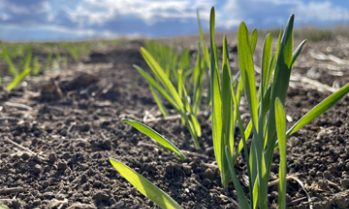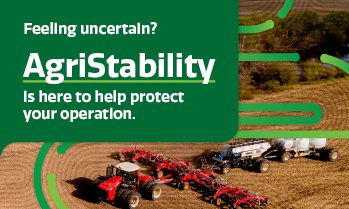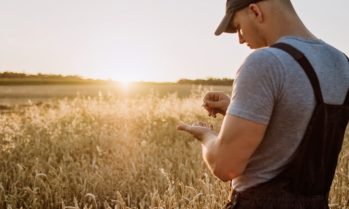Customer Responsibilities
As a contract holder, you are sent a Confirmation of Insurance listing the insurance selections you made the previous year. Your contract will remain the same for the current crop year unless you make changes.
The deadline to make changes for all Crop Insurance programs is March 31 of the insurable year. Premiums are charged on acres seeded to crops selected for insurance. There is no charge for endorsing crops you do not grow.
If you wish to cancel your Crop Insurance contract, SCIC requires notification in writing by March 31. The cancellation notification must contain the signatures of all parties named on the contract. Contracts with four years of no premium earned will automatically cancel.
Forage: All newly insured stands of perennial forage or sweetclover must be established before liability is accepted. These acres should be reported, by March 31, by contacting your local SCIC office. Land can be added after the deadline, but the forage crop on those acres must be endorsed by the deadline to be insurable. All new acres will be inspected.
Contract of Insurance
Establishes the contractual relationship between SCIC and the customer, setting out the primary requirements under the Program.
Download ContractSeeded Acreage Report and Stored Grain
Seeded acres and stored grain must be reported by June 25.
Learn moreSeeding Deadlines
To be insurable, crops need to be seeded in reasonable time so they reach maturity before the first fall frost date in your area.
Seeding Date Tool Important DatesStatement of Insurance
Lists premium, crops, acres, production guarantee, the governments' (provincial and federal) share and the producer's share of the total premium.
Learn moreHarvest Production Declaration
Production information is used to calculate annual yield and must be submitted before you can register a post-harvest claim and no later than November 15.
Learn moreFarm Practice Survey
SCIC conducts farm practice surveys to examine the farming practices of selected customers, monitoring farming methods on traditional and non-traditional crops.
Learn more








